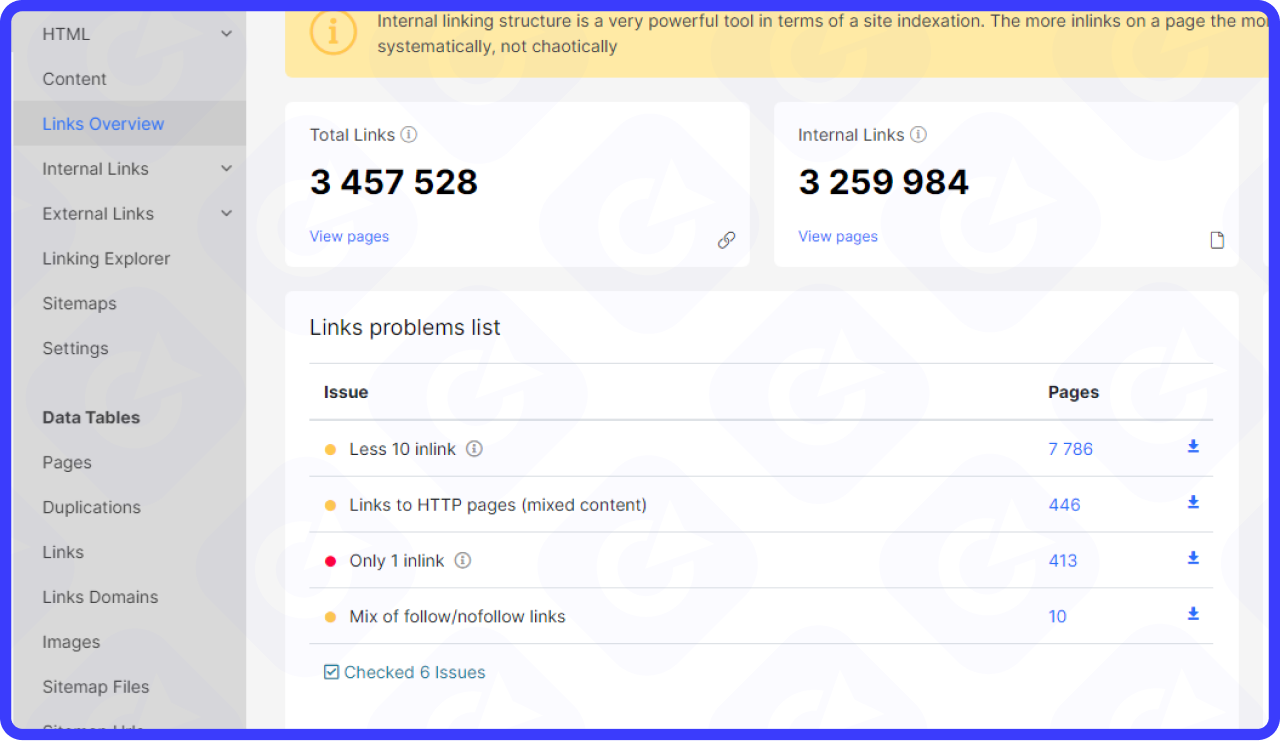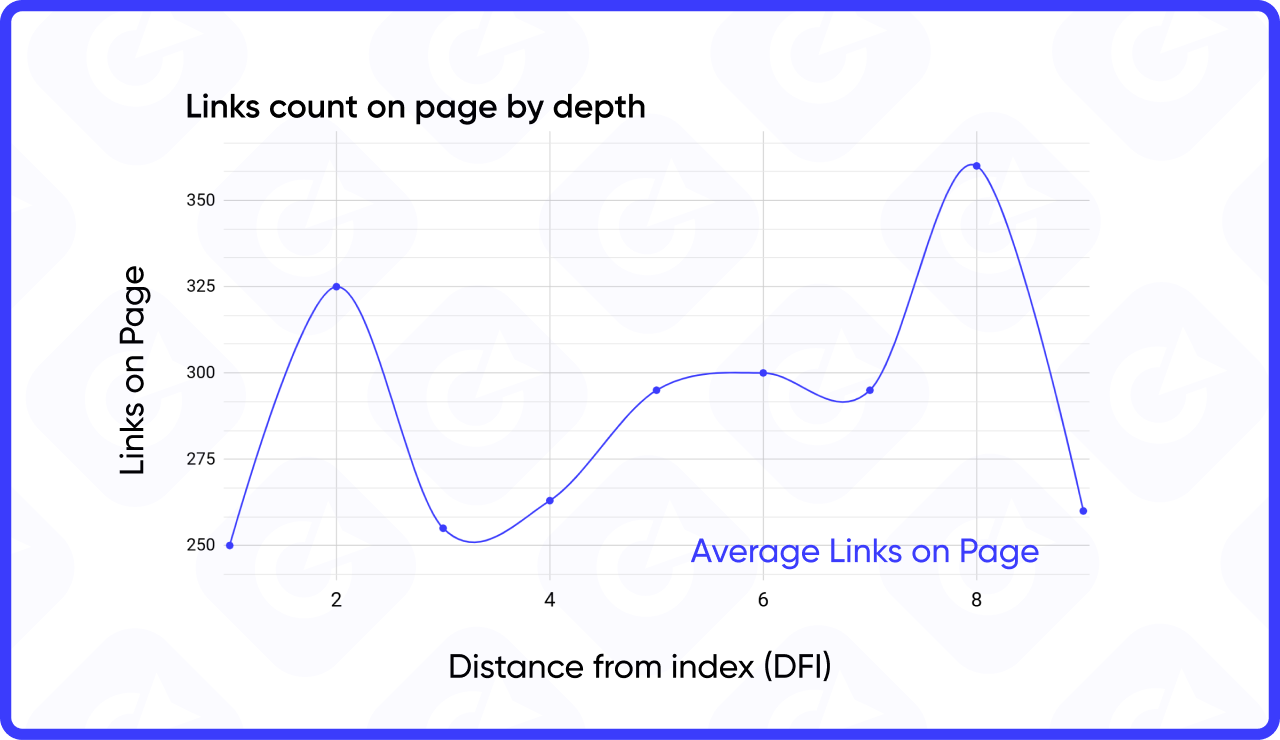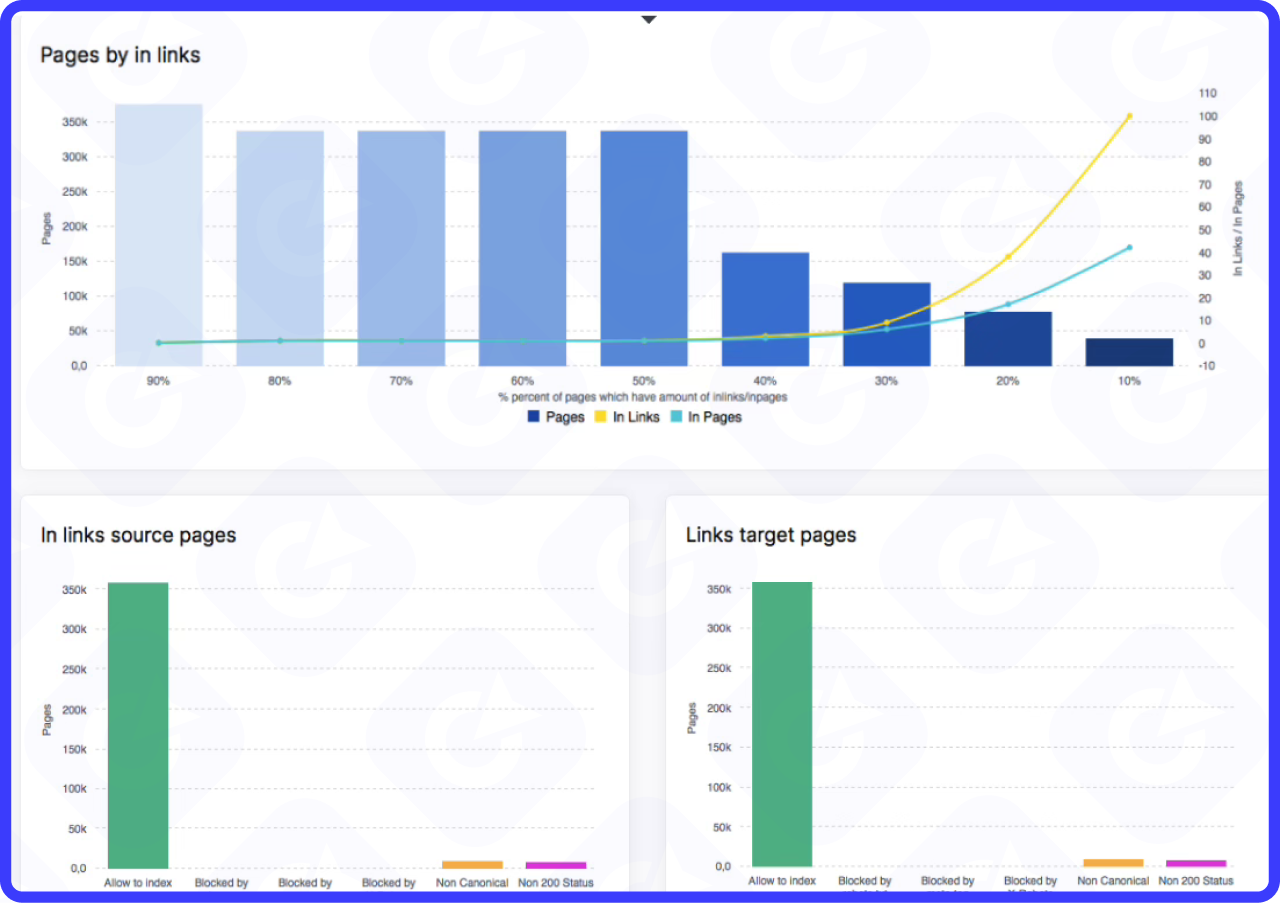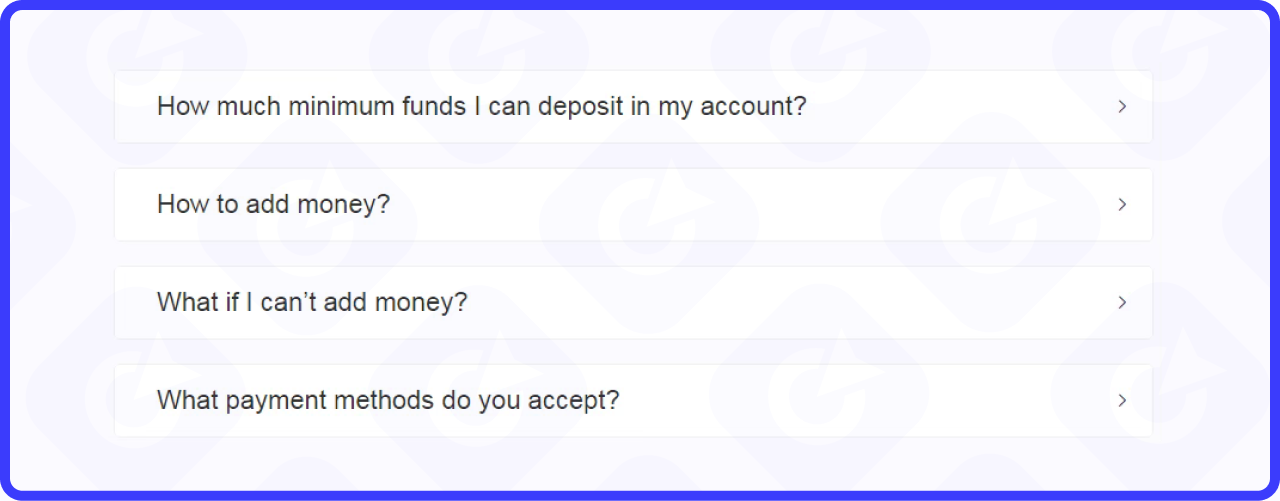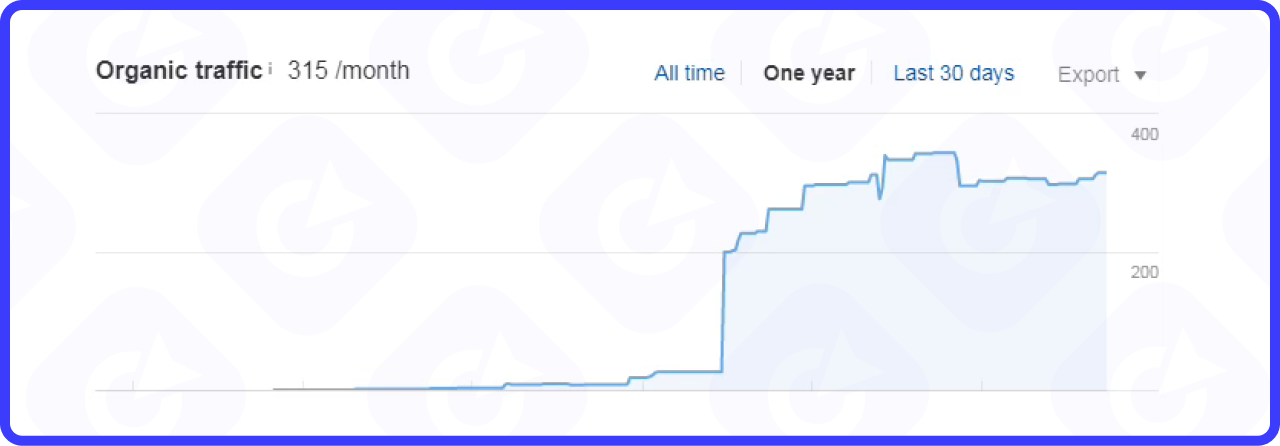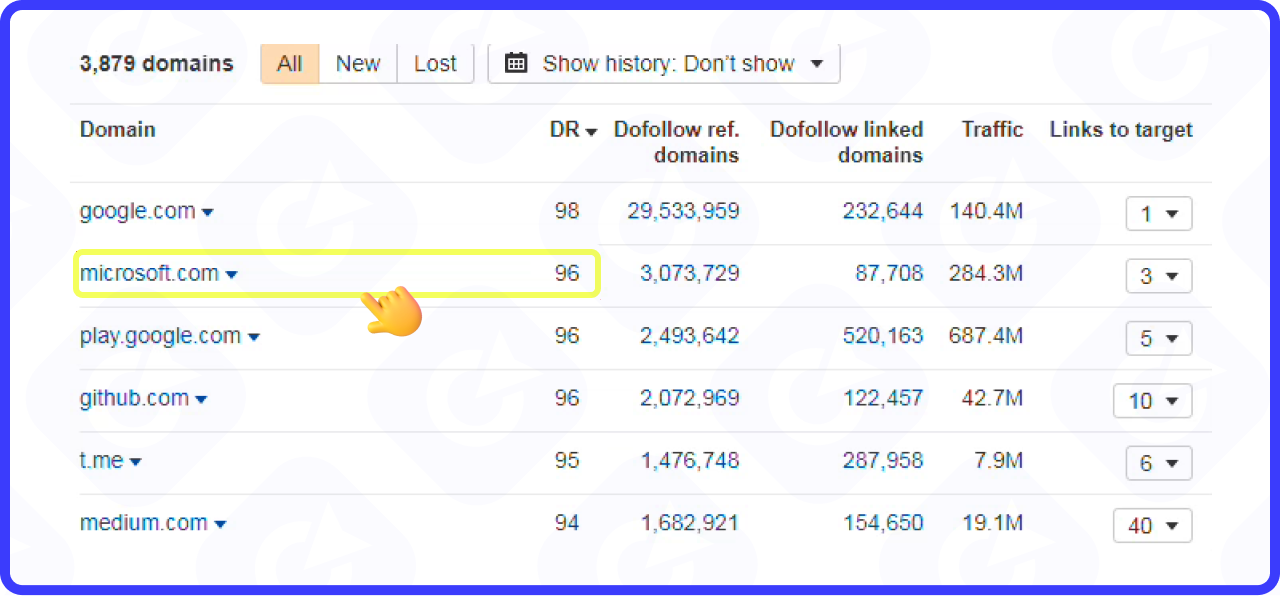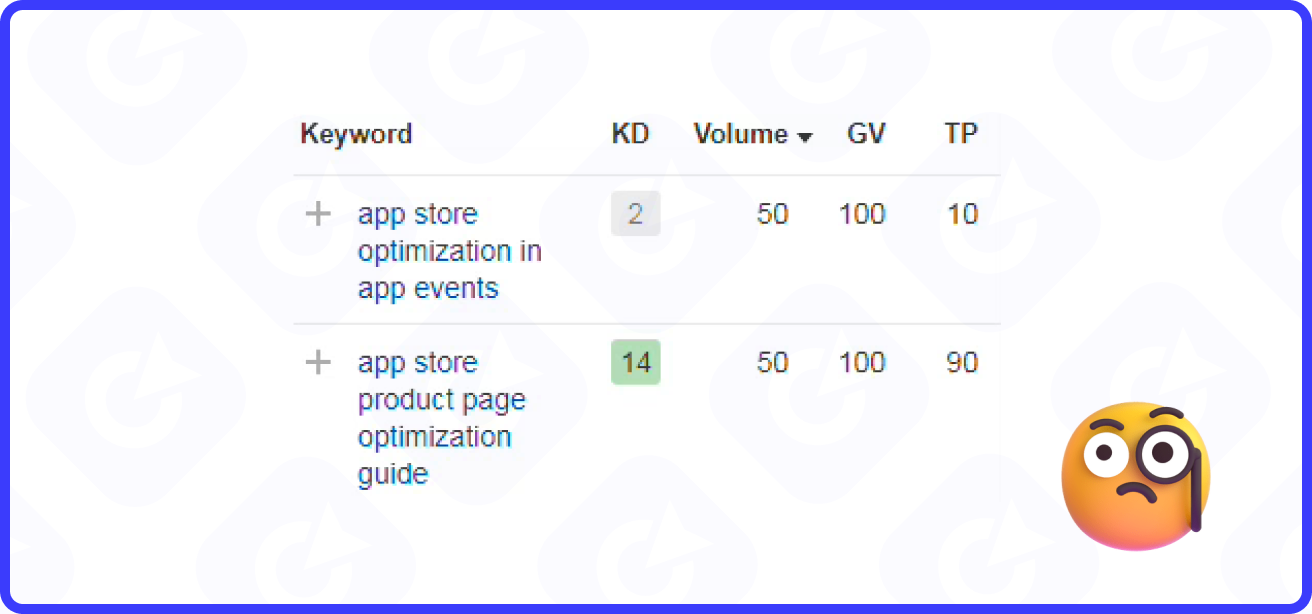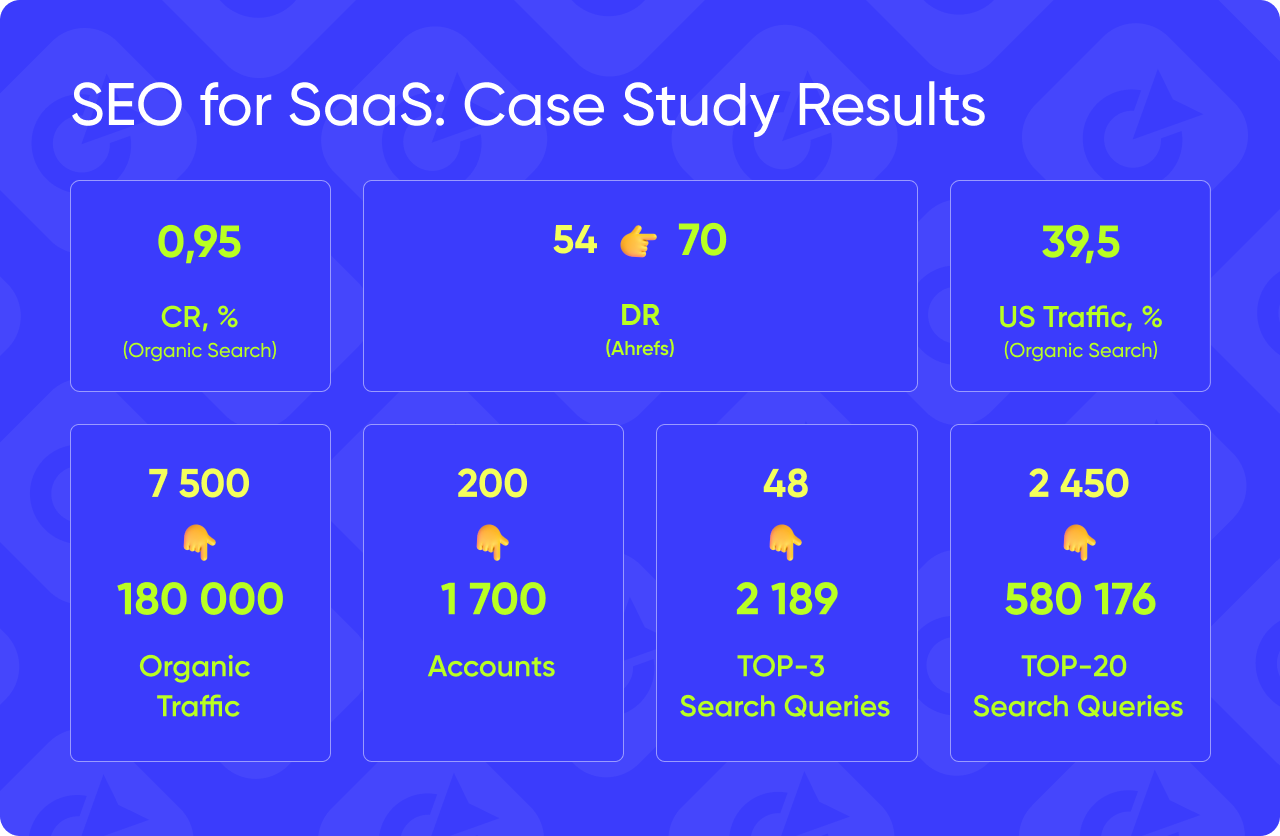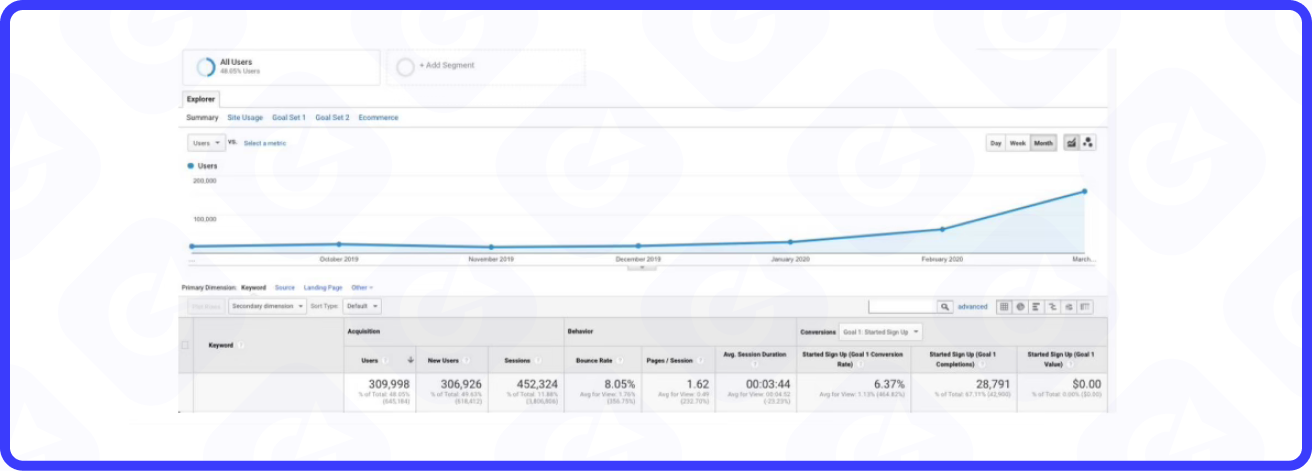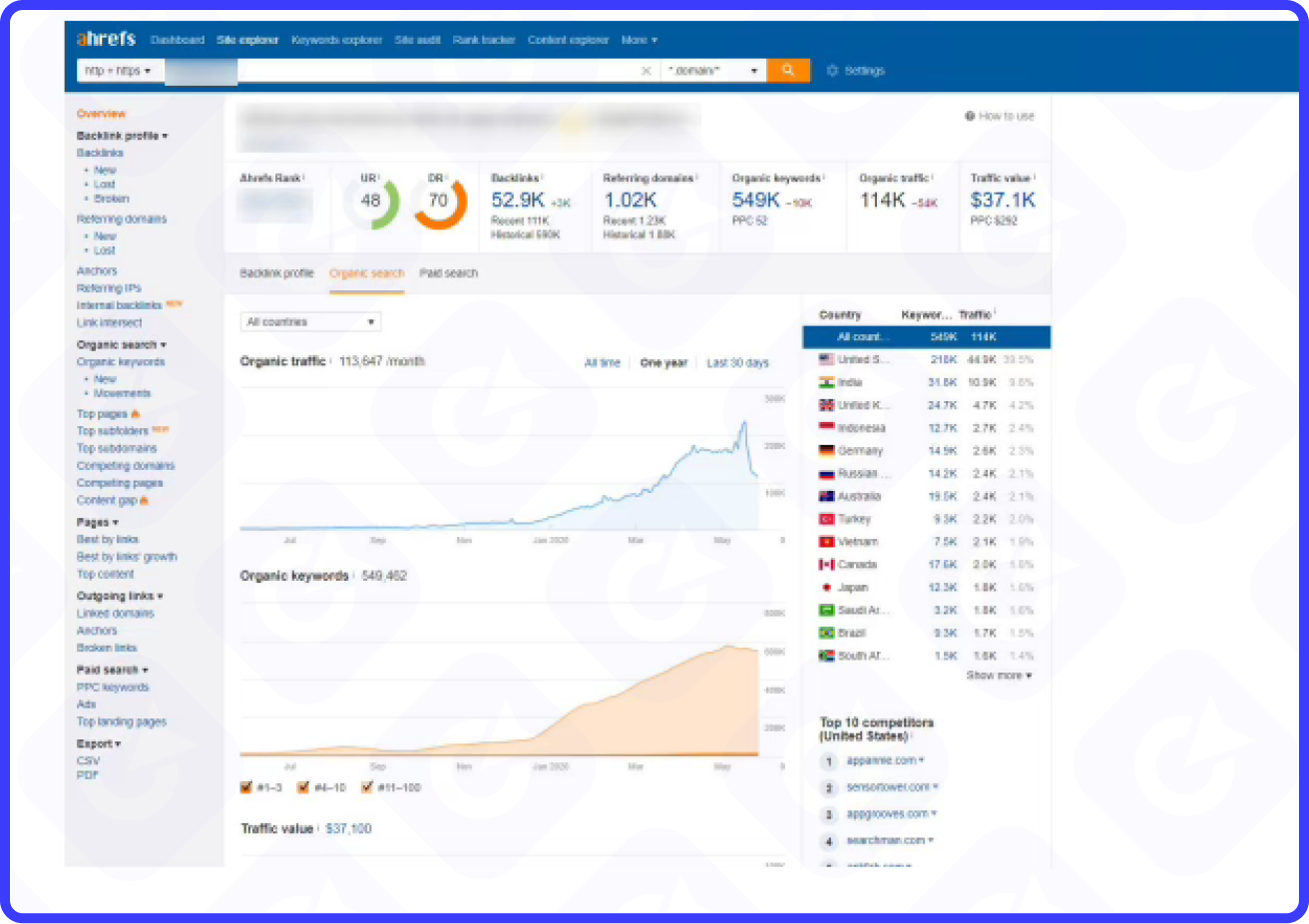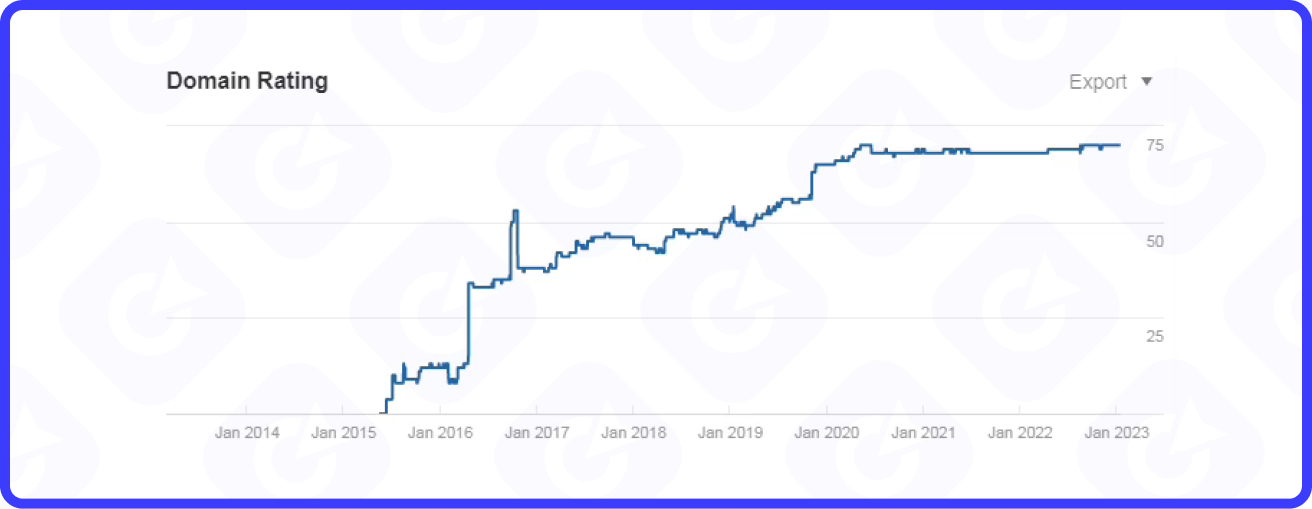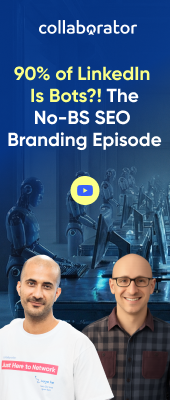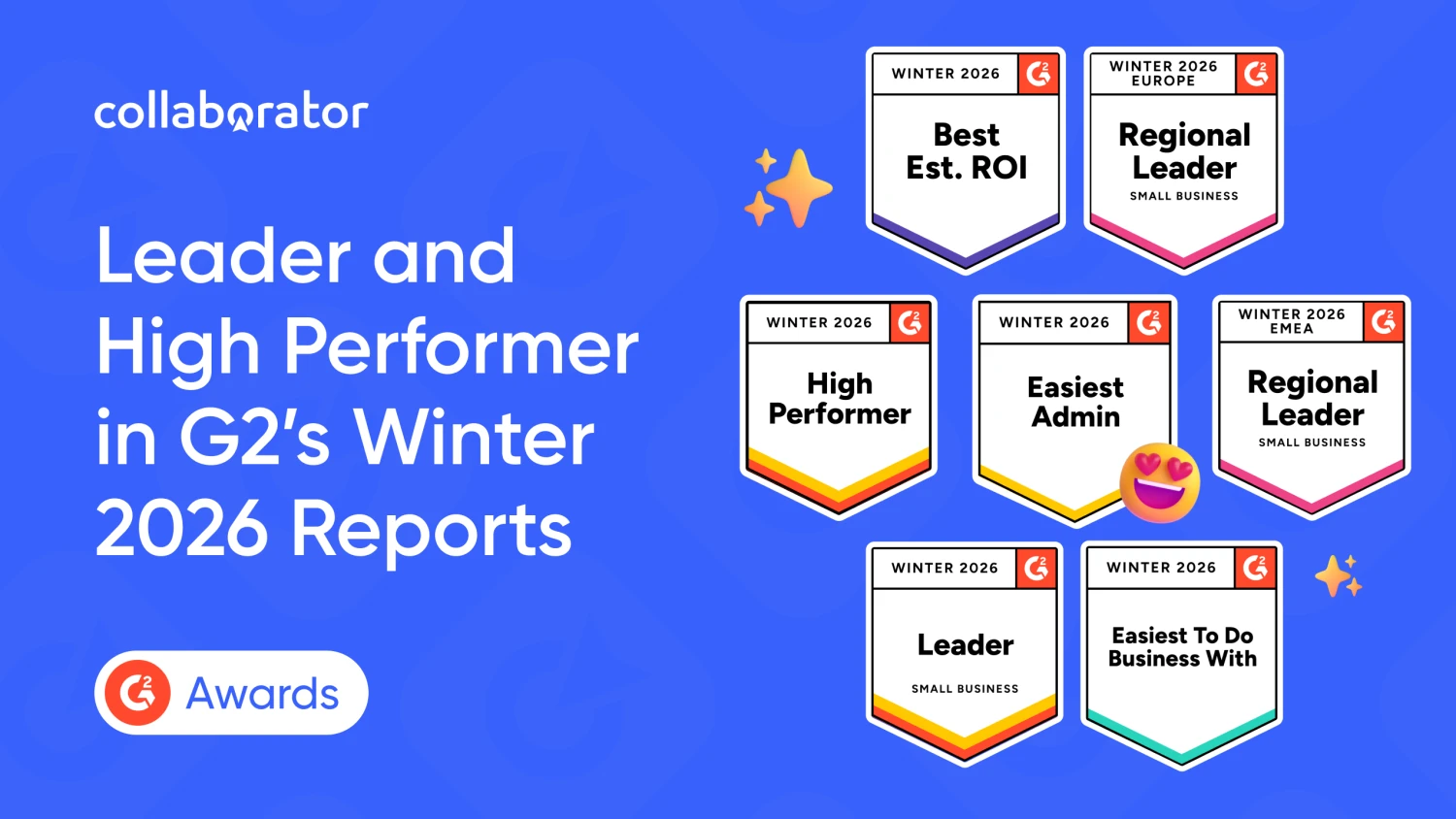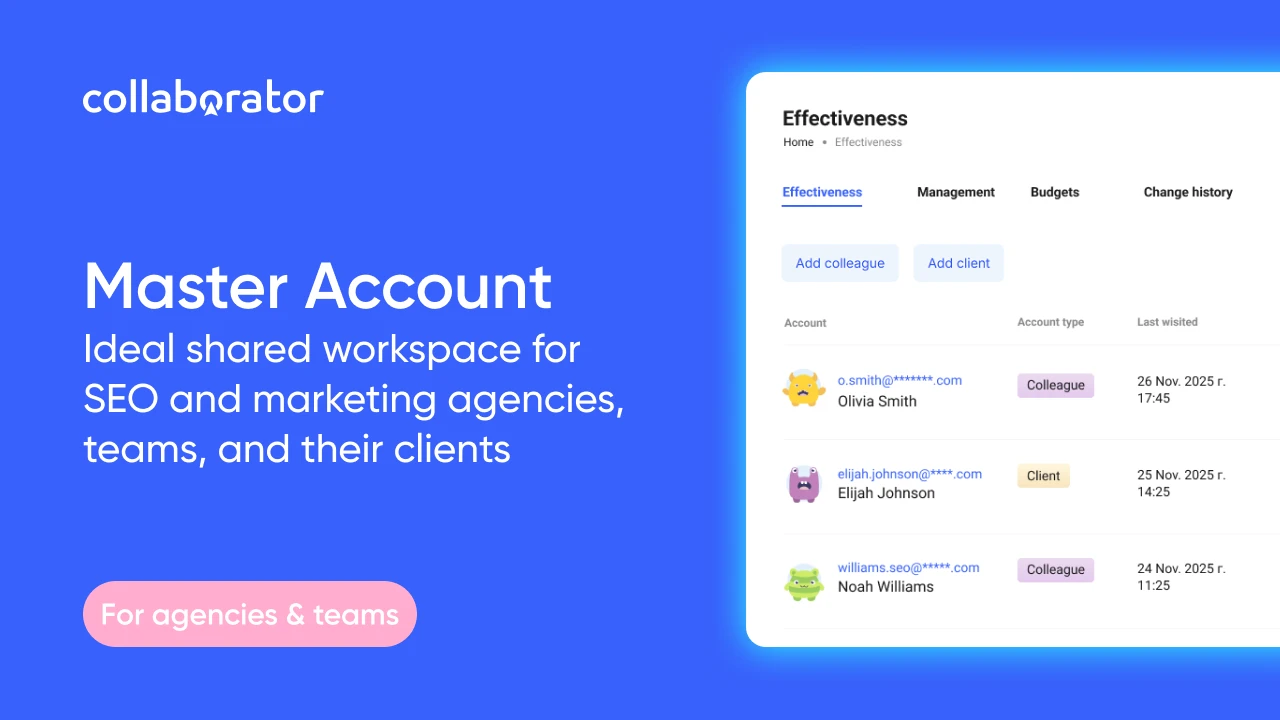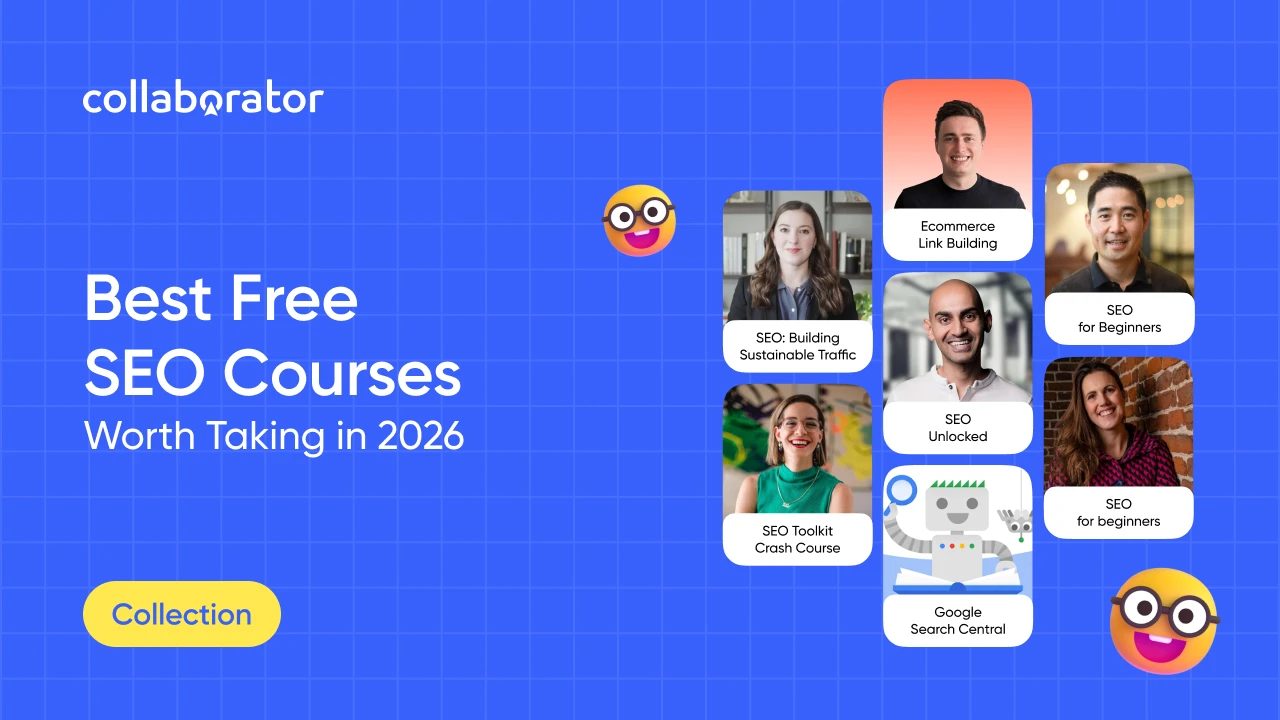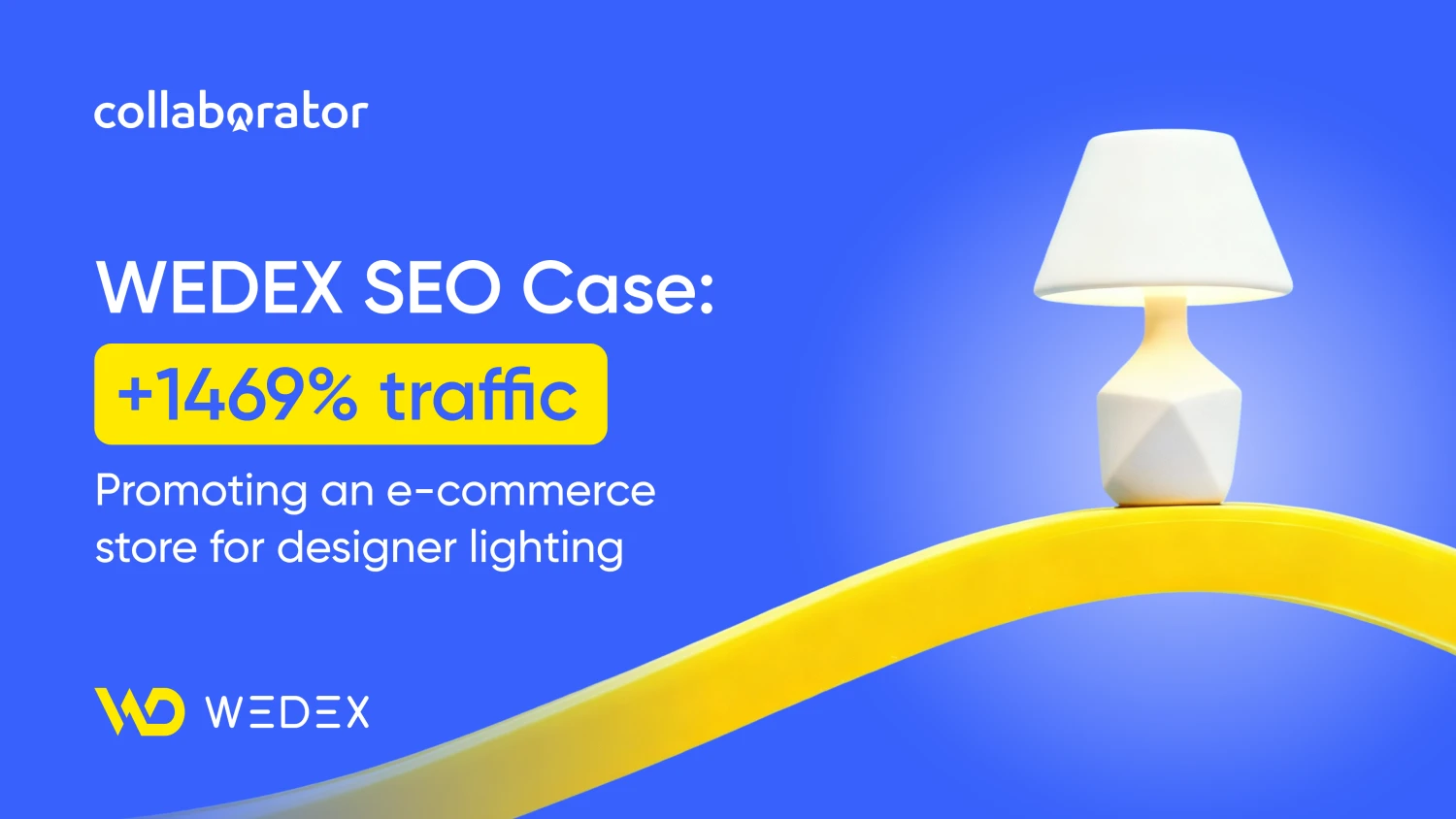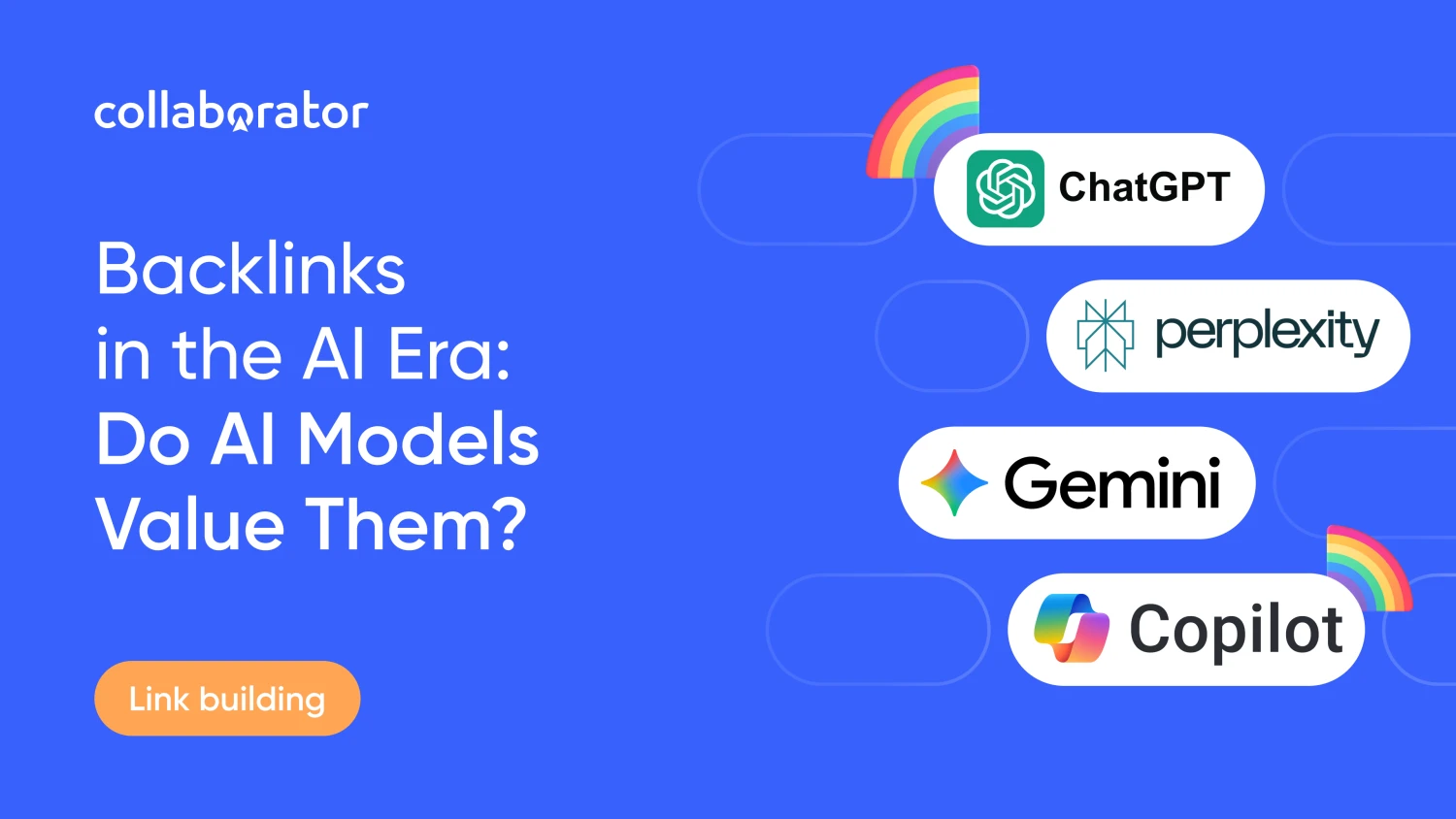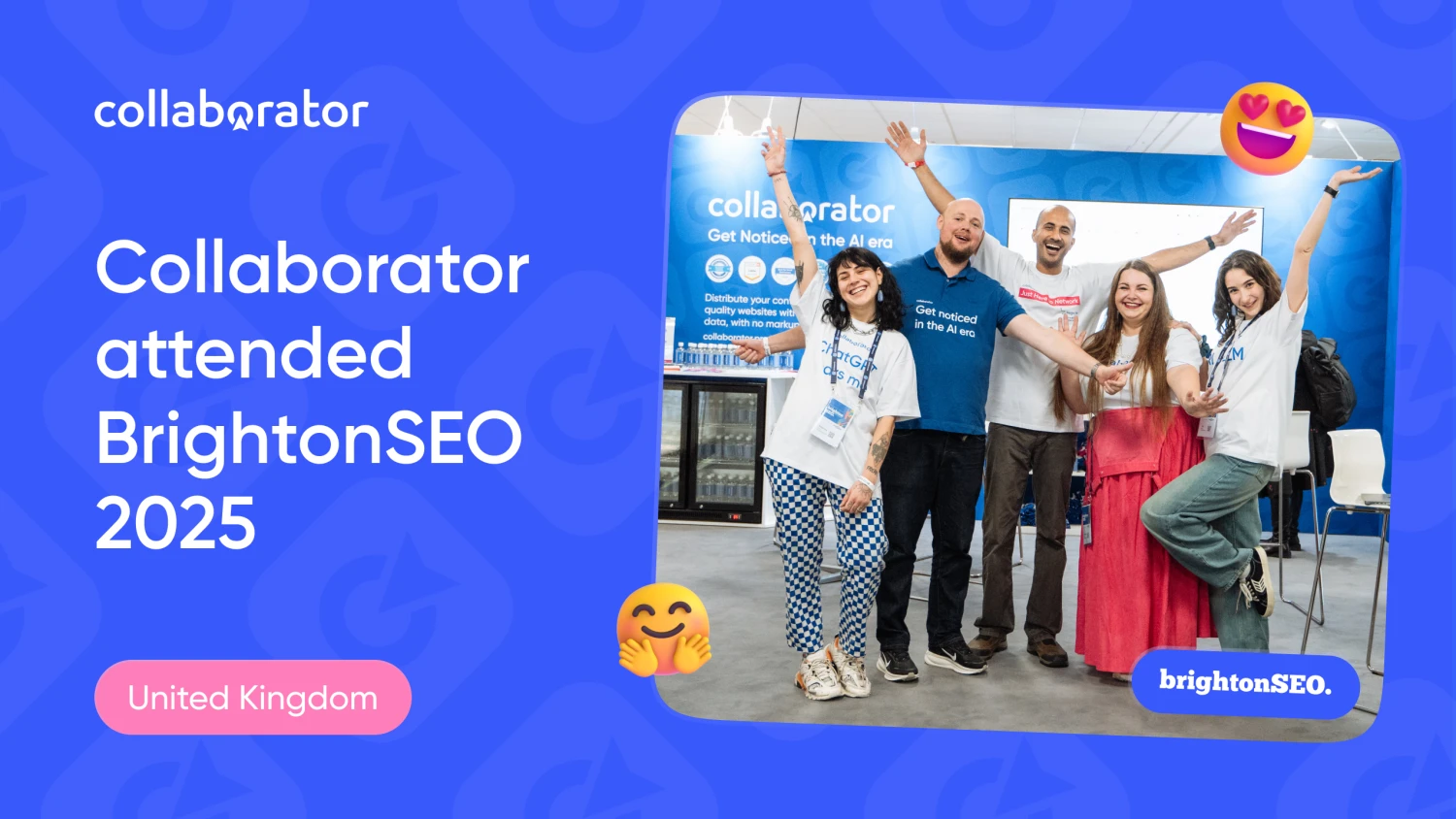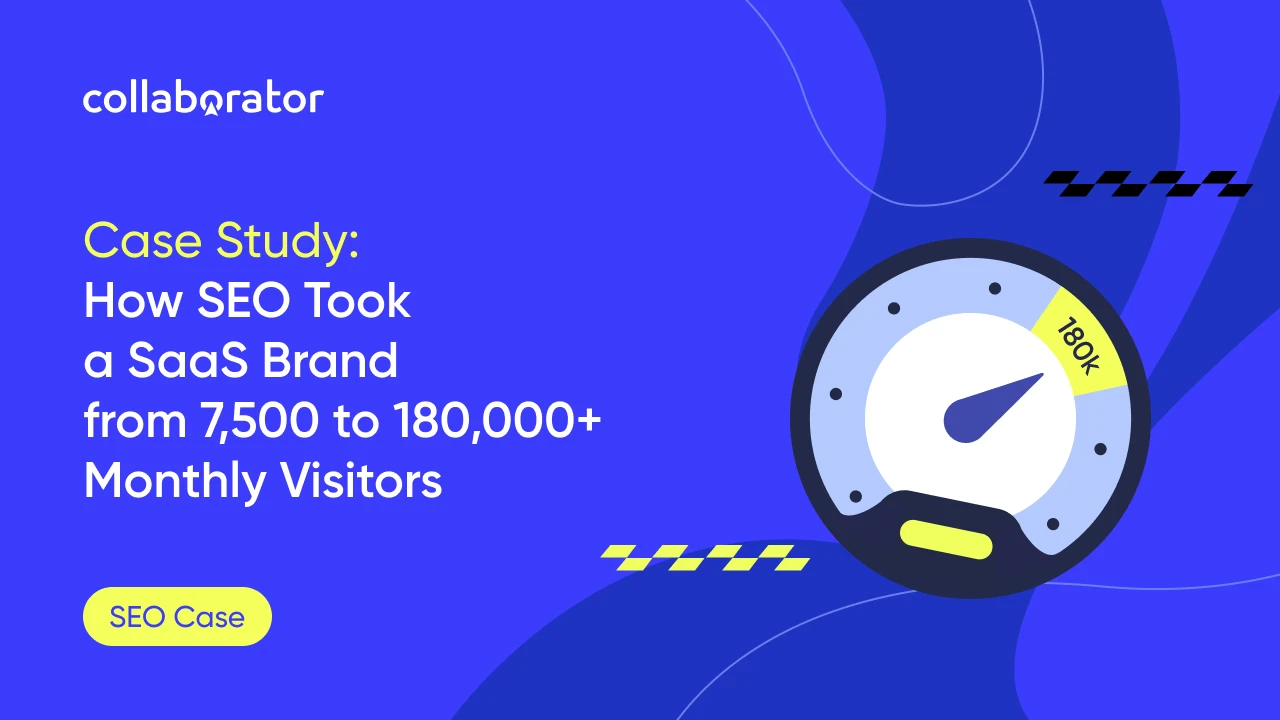
That’s exactly what happened to a SaaS company (NDA alert: no name-dropping here) that approached Sergey Khilchenko of Fortunatos. They were in a bad place… like, “red wedding" levels of bad:
- Promotion in search engines did not yield results;
- Independent efforts to fix the situation led nowhere;
- Desperate to fix things, they redesigned their site and optimized for speed, but nothing worked.
Then, reality hit: they had neglected SEO for years, and now, their business was slipping further into the abyss. It was time for an emergency intervention.
In this case study, shared by Sergey, we share how Fortunatos transformed the SEO performance of a SaaS platform operating in the US market.
Let’s dig deeper.
Point A: Initial Analysis of a SaaS Platform’s Metrics
The first step was identifying where the traffic drop was coming from to pinpoint the most effective areas for improvement. This involved analyzing all site changes made over the past year, tracking visitor trends, and considering seasonal fluctuations.
The findings weren’t exactly encouraging: organic traffic had been stuck at around 7,500 visitors per month for a while, with a staggering 98% coming from branded searches.
With no real SEO efforts in place, conversions were plummeting, and competitors were happily absorbing the lost branded traffic.
So, what was done to fix this? Below are the key strategies that helped turn things around — insights that might be valuable for other SaaS projects facing similar challenges.
Key Challenges in Promoting a SaaS Product
Here's what was holding them back:
- Low targeted organic traffic (visitors weren’t converting)
- Few relevant keywords ranking in the top search results
- A decline in the number of paid SaaS accounts
- Irrelevant audience reaching the site (low-quality traffic from irrelevant geos)
- Weak link building potential compared to competitors, low DR, and no signs of external site optimization
- A high percentage of referring domains from India and CIS countries, despite the primary target market being the US
- Internal optimization problems, including non-SEO-friendly meta tags, pages not optimized for mobile, broken links, low Core Web Vitals scores, and other technical SEO issues
- An ineffective content strategy: poor-quality articles, lack of relevance, and very few valuable resources
- A limited SEO budget.
The Game Plan: SEO Tactics That Turned It Around
Based on the client’s business growth strategy, the key SEO goals and expectations were:
- Increase targeted organic traffic (starting point: ~7,500 visits per month)
- Boost the number of registered accounts (starting point: ~200 per month)
- Achieve Top 3 rankings in Tier 1 markets for target keywords (starting point: ~48 across various regions)
- Geographical primary focus U.S. and U.K., with a secondary focus on global visibility
- Improve Ahrefs DR to 65+ (starting point: 54)
From Point A to Point B: Meta Tag Experiments and Premium Link Building. SEO Tactics for Promoting a SaaS Service
On-Page SEO Overhaul (Month 1)
First, they tackled the internal mess:
- Site structure optimization. The internal linking was adjusted to prioritize key pages.
- Meta tag rewrite (90%+ updated). The previous meta tags were either too long, duplicated, or irrelevant to search intent. When necessary, drastic changes were made to align with best SEO practices.
- Internal linking improvements with JetOctopus. This tool provided detailed backlink distribution insights, helping to refine internal linking and boost the authority of priority pages. Highly recommended for similar projects.
Additional insights on the number of internal links based on page depth also proved helpful:
- Resolved microdata issues by implementing Schema markup: Schema Product for category pages, Article for blog posts, ImageObject for images, and Schema FAQPage for glossary pages.
- Eliminated page relevance dilution issues. A massive effort was undertaken to adapt pages based on intent and relevance to search queries. Relevance here goes beyond simply inserting keywords into content — it involves in-depth research of top-ranking pages for each semantic cluster to identify the most effective solutions, optimizing keyword density, and more.
A few key stages, illustrated by one cluster example, include:
- SERP analysis to determine page intent for search queries (e.g., "ASO tool," "ASO SEO," "ASO software," "ASO optimization tool," and other keywords).
- Identifying the most promising pages** in terms of traffic potential and competition.
- Eliminating overlaps in meta tags, content, and URL slugs across service pages, category pages, and blog articles.
- Text optimization for improved relevance and ranking.
For example, in one cluster, there were initially six pages of the same type covering the same topic in various forms. After optimization, only one page remained, effectively addressing all user queries. This resolved the issue of relevance dilution, improved rankings, and ultimately led to an increase in organic traffic.
Ongoing Meta Tag Experiments
For SaaS brands, meta tag testing isn’t optional — it’s survival. Each page underwent 3-10 iterations to identify the best-performing title and description combinations. Daily tracking revealed patterns, allowing for real-time adjustments.
The experiments focused on:
- Tracking ranking dynamics for target keywords (growth, decline, or no change)
- Drawing conclusions based on performance data
- Selecting the most effective meta tags to maximize visibility and ranking impact.
Removing Low-Quality Backlinks
All low-quality backlinks, including those from irrelevant geographic regions, were removed. .Using Google’s Disavow Tool, all irrelevant and spammy links were cleaned up, making way for stronger, high-authority domains. The result? A healthier backlink profile and a solid SEO boost.

Link Building for SaaS: Acquiring Premium Backlinks
The ASO tool made its way onto major authoritative websites, boosting credibility and strengthening the SaaS platform’s domain authority.
A significant increase in high-quality backlinks was achieved through Collaborator.pro, particularly when securing authoritative niche-relevant donors such as Microsoft, Linux, IBM, and others.
But it wasn’t just about link juice — it was about making an impact. By flooding search results with valuable resources, the brand carved out a stronger presence and a more positive reputation. After months of strategic link building, the momentum kicked in, fueling steady organic traffic growth.
Monthly link-building budget: $5,000
Getting Specific with Long-Tail Keywords
Not everyone searches for broad, competitive terms: some people type in full-on sentences like they're texting a friend. That’s where long-tail keywords come in.
Instead of fighting for those impossible one-word rankings, pages were built around what real users were actually searching for, with meta tags and content fine-tuned automatically to match. The result? More qualified traffic and fewer random clicks from people who’d never convert.
Don't be afraid to use Long-Tail keywords. In this case study, highly targeted, low-frequency queries didn’t just bring in more traffic — they brought in the right kind of traffic, leading to more conversions.
The blog got extra attention, focusing on key topic clusters. Instead of generic content stuffed with keywords, industry experts wrote articles with real value — designed for people first, search engines second. And the impact showed up fast.
Point B: Results of the SEO Promotion for the SaaS Product
- Traffic = 180,000+
Monthly organic search traffic increased from 7,500 to 180,000.
![A screenshot illustrating the growth of organic traffic for a SaaS brand after implementing SEO strategies]()
- Accounts = 1,700+
The number of new paid accounts from organic search increased from 200 to 1,700 per month. - Top-3 = 2,189 search queries
The total number of search queries ranking in the top 3 increased from 48 to 2,189. - Top-20 = 580,176 search queries
The total number of search queries ranking in the top 20 grew from 2,450 to 580,176.
![A screenshot illustrating a boost in DR after implementing SEO strategies]()
- Boost in DR from 54 to 70
The Ahrefs Domain Rating (DR) increased from 54 to 70.
![A screenshot illustrating a boost in DR after implementing SEO strategies]()
Even after the SEO efforts hit pause, the momentum kept rolling for another two months. That’s the power of solid SEO — when done right, it keeps working in the background. The boost came from strategic moves like adding new pages and fine-tuning internal optimization, proving that good SEO has a lasting impact.
SEO for SaaS didn’t just boost traffic, it delivered where it really counts: paid accounts. Organic search became a revenue machine, driving an eightfold increase in income. More visitors, more sign-ups, and a whole lot more growth — all without burning cash on ads.
The Takeaway
Organic search is still pulling in a steady stream of traffic at a fraction of the cost of paid ads, proving that SEO is the gift that keeps on giving. And the best part? There’s still plenty of room to grow. With the right strategy, SaaS brands can push organic traffic even further and turn it into serious revenue. The key is to keep experimenting, refining, and moving forward — because in SEO, the best wins come to those who play the long game.
Collaborator.pro thanks Sergey for sharing such an informative SEO for SaaS case study and wishes him, and you, the best of luck in your future endeavors 🙂

